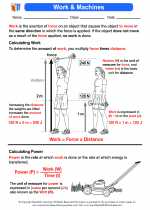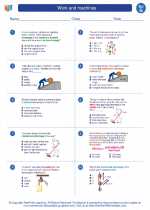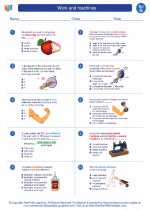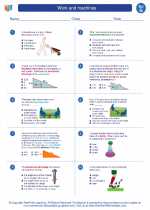Real Image Explanation
A real image is formed when light rays actually converge at a specific point. This occurs when an object is placed in front of a concave mirror or a converging lens. The real image is projected onto a surface, and it is inverted, meaning that the top and bottom of the image are switched. Real images can be captured on a screen or a piece of paper, and they can be seen by the human eye.
Study Guide for Real Image
- Definition: Understand that a real image is formed by the actual convergence of light rays.
- Formation: Learn the conditions under which a real image is formed, such as when an object is placed in front of a concave mirror or a converging lens.
- Characteristics: Know that a real image is projected and inverted, and that it can be captured on a surface and seen by the human eye.
- Examples: Study examples of real images and their practical applications, such as in cameras, telescopes, and microscopes.
- Comparison with Virtual Image: Differentiate between real and virtual images, understanding that a real image is formed by the convergence of light rays, while a virtual image is formed by the apparent divergence of light rays.
Understanding the concept of real image is important in the study of optics and can be applied to various real-world scenarios and devices. It's essential to grasp the characteristics and formation of real images, as well as their applications in different optical systems.






